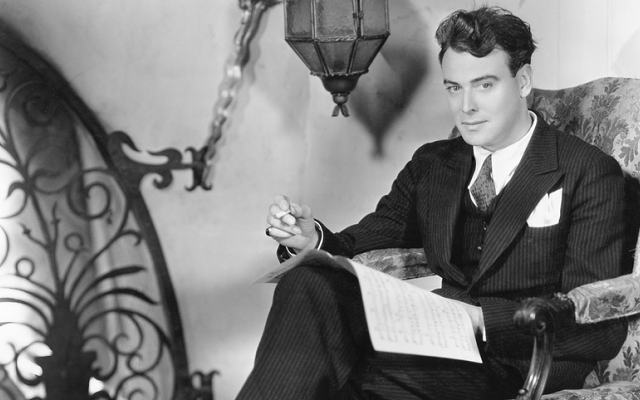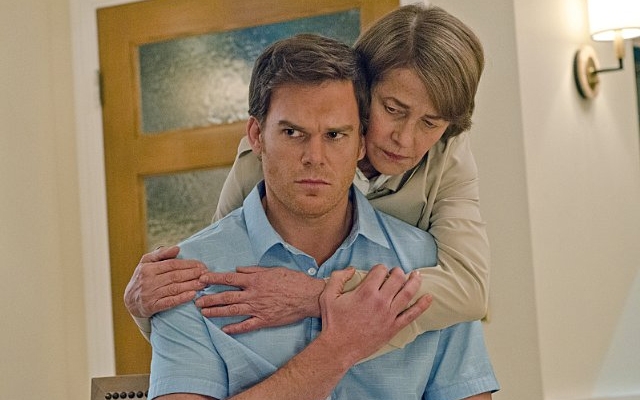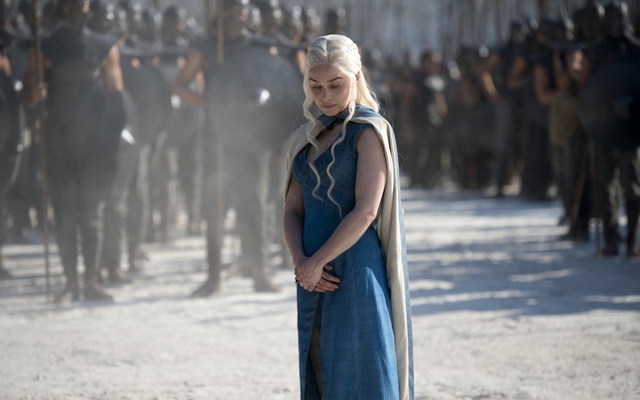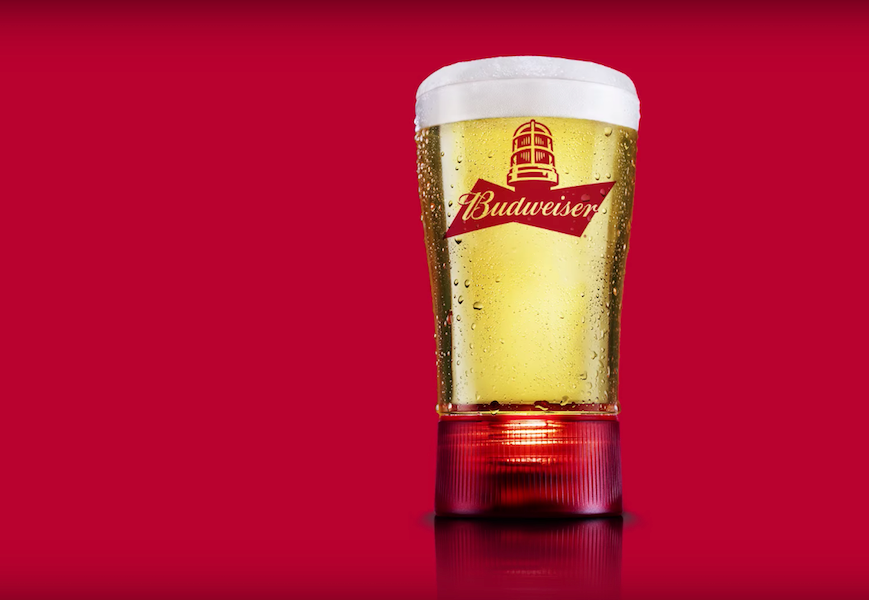A Holiday setting, done right, adds a lot of precious tension to a story. It can fill the tale with more sentiment and spirituality, or alternatively make it more cold and desperate. It almost always gives a narrator a good wall to bounce whatever problem the characters faces off as the days march resolutely towards the 25th of December.Here’s five awesome short stories by lauded authors that run the gamut from Holiday cheer to Christmas Eve ennui, philosophically observant to passionately decreed.
“SantaLand Diaries” by David Sedaris, in Holidays on Ice
David Sedaris is an American humourist, essayist, and gifted storyteller. He’s famous for Naked, When You are Engulfed in Flames and Dress Your Family in Corduroy and Denim. He came to large public recognition first, though, when he read his then unpublished essay “SantaLand Diaries” on National Public Radio, December 23, 1992. The essay, about working as an elf in a Christmas display at Macy’s department store, was later published in Barrel Fever (1994) and then later in Holidays on Ice (1997). You can actually listen to the seven-minute reading— subject to some controversy on NPR as to whether or not it qualifies as non-fiction— here.
Holidays on Ice is a collection of essays all around Christmas themes. It’sclassic Sedaris wryness, with added laughs in ugly holiday sweaters. When you think about it, who’s a better figure than Santa for exploring the current state of the West’s vapid, jolly, eating machine?
“The Adventure of the Blue Carbuncle” by Arthur Conan Doyle, in The Adventures of Sherlock Holmes
In “The Adventure of the Blue Carbuncle,” Dr. Watson pays Detective Sherlock a Christmas visit, and finds him pondering a hat dropped in the street after a scuffle. The friend who gave Holmes the hat later returns with a large carbuncle— a gemstone— found in his Christmas bird’s throat. The bird was also dropped in the dust-up. Holmes cannot resist trying to figure out how this gemstone ended up in so odd a place, and he and Watson set out across London on a… wild goose chase. As fun as any Sherlock tale, this Christmas edition is the seventh story in The Adventures of Sherlock Holmes, and was first published in Strand Magazine in 1892.
Something interesting: Joseph Bell, a medical doctor and forensic scientist in the Victorian era, is often cited as the inspiration for Sherlock Holmes. Bell, the real Holmes, and possessed of the same razor-sharp observational abduction skills, is said to have been an investigator of the Jack the Ripper case, but never caught his suspect. Jack the Ripper is the only mastermind to outfox the real Holmes, in other words, Holmes’ nemesis, Professor Moriarty, is Jack the Ripper. Elementary, my dear Watson.
“The Junky’s Christmas” by William S. Burroughs, in Interzone
The Junky’s Christmas is a funny, twisted Christmas tale from the smack Santa himself, William S. Burroughs. The story revolves around Danny the Car Wiper, who has just gotten off a 72-hour stint in holding, and is penniless, looking for some heroin on Christmas day. Hearing the local dealer’s been arrested, he manages to con his way into some morphine, but then ends up administering it to a man suffering kidney stones. After this selfless gesture, he inexplicably receives the effects of a hit of a heroin. This immaculate misconception is a great tale with all the Christmas tropes, in classic beat generation fuck-you irony. It’s collected in Interzone, and if you look, you can probably find the recording of Burrough’s reading a rehash of his story, dubbed “The Priest they Called Him” while Kurt Cobain screws with “Silent Night” on guitar in the background.
“One Christmas” by Truman Capote
Capote started his career with a novel about a dispossessed Southern boy suffering loneliness and disenchantment, largely based on Capote’s own childhood. “One Christmas” is a return to form much later in his career, when he is able to eschew the guise of fiction and write more autobiographically. At the point of writing this tale Capote had been broken by In Cold Blood, the original narrative non-fiction novel. He was physically and spiritually exhausted. His alcoholism was also closing the final hand of it’s destruction, and would end his life soon.
“One Christmas” is Capote’s deeply sad, angry, nostalgic retelling of one Christmas when, as a child, he was abducted by his estranged father. His father, we learn, seems not to really care for the young Truman at all. It was published as a hard-cover, stand alone tale in 1983, posthumously. It is Capote’s last short story, sequel to A Thanksgiving Visitor and sister to the much warmer A Christmas Memory, published in hardcover in 1966. A kinder read, I suggest the two in tandem.
“The Dead” by James Joyce, in Dubliners
“The Dead” is about a party. Well…
“The Dead” closes James Joyce’s 1914 short-story collection Dubliners, and is often considered the best of his short works. It takes place right around the Feast of the Epiphany, when Christ manifests his godliness to the Magi. Here’s a great example of a setting adding tension and subtext to the goings on in a story. Whatever “The Dead” means has to considered alongside its context: on the feast of the Epiphany, in Ireland, in the world of the living. It’s often thought of as a story that illustrates the connection between life and death, or death-in-life, a promininent theme in modernist literature and Dubliners. When a blanket of snow falls over Dublin, connecting all of its inhabitants (and by extension all the inhabitants of the book you’re just finishing) we are shown the connection of all living things through death. I’d say it’s the deepest story on this list, but depth is what a reader puts in— I’ll say it can leave you the most shaken, certainly.
Merry Christmas.












